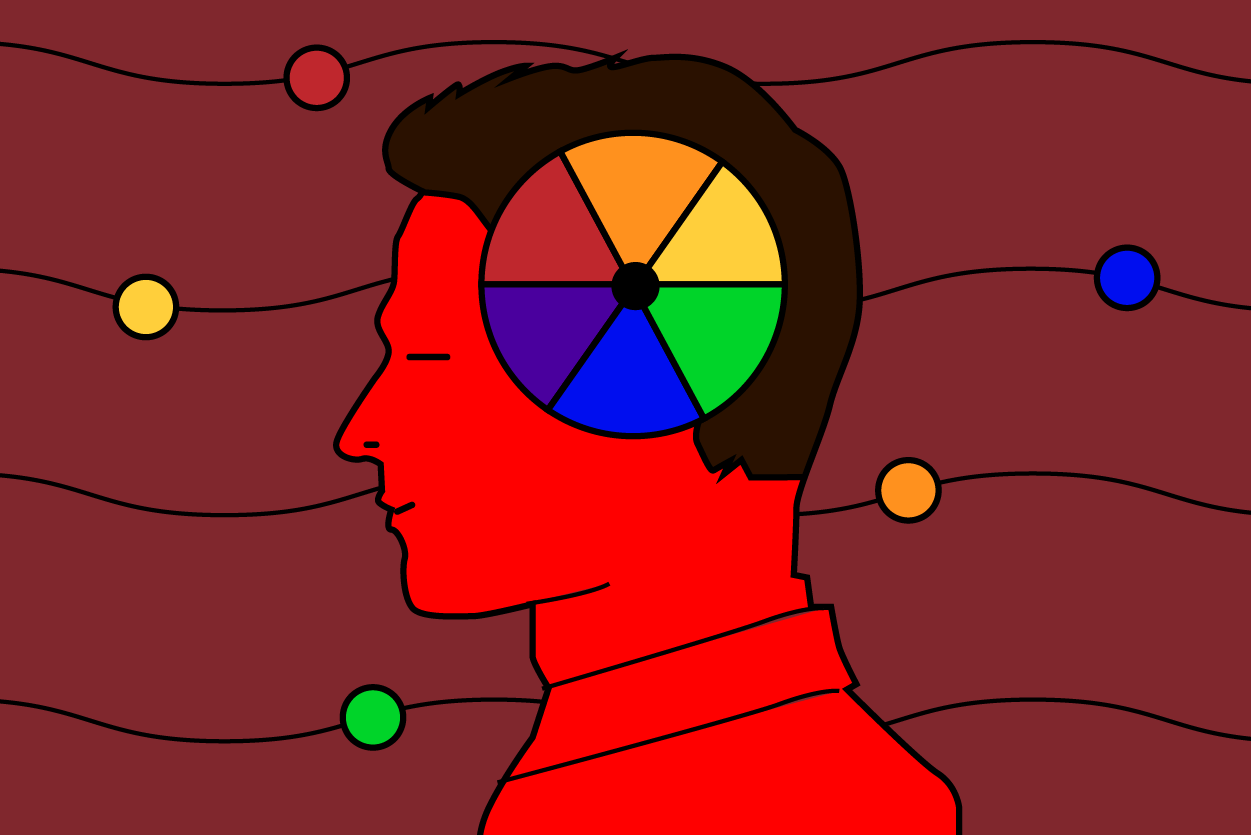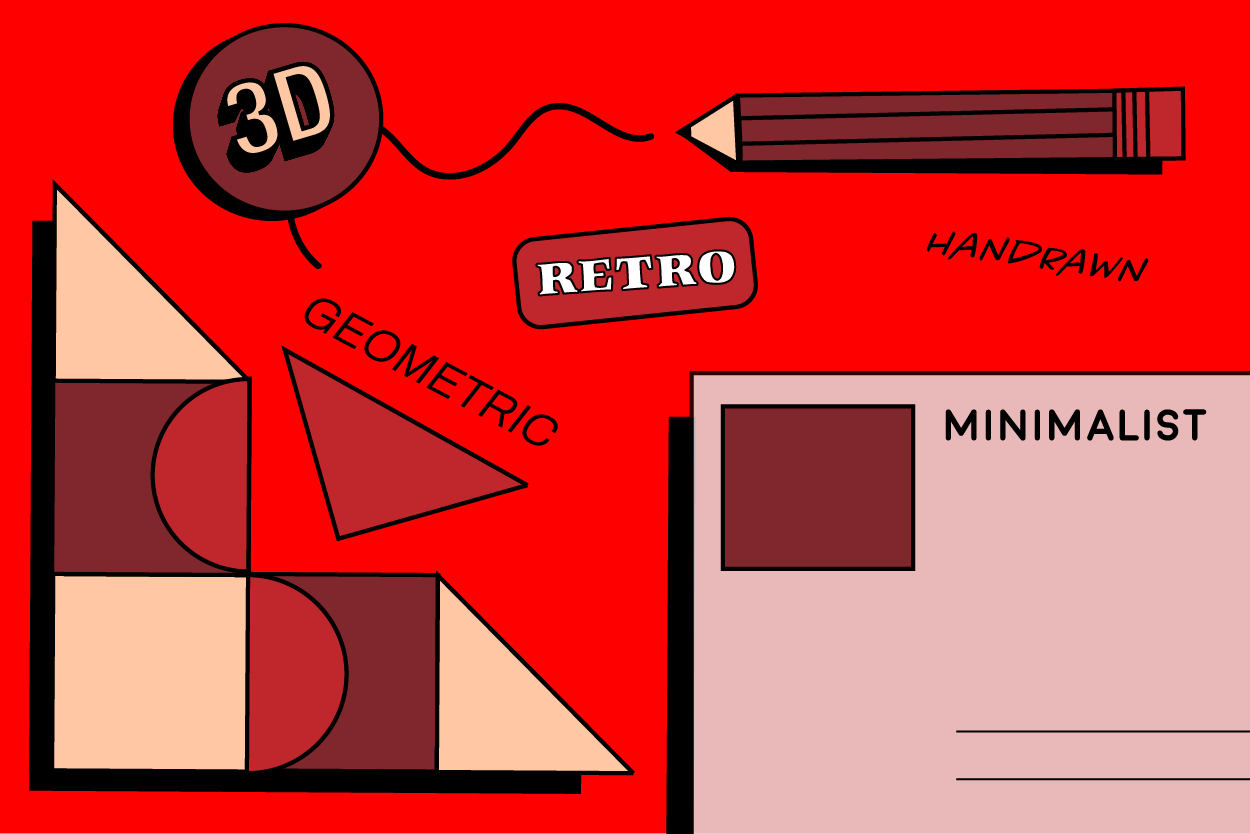The Scale Trap
Journalism's obsession with scale was a dead end. The future belongs to newsrooms that measure relationships, not just reach.
While the differences between material and flat design may be subtle, each style brings a unique offering to the user experience.

When a customer lands on your website, receives an email or interacts with any of your platforms, they should receive a consistent branding experience. The visual elements that make up your brand should also be consistent in terms of interface design. Material and flat design elements have subtle differences which is why it is important to understand what each offers in terms of usability and ease of use.
Material design, originally named Quantum Paper, was launched by Google in 2014. The concept was developed as a sort of replacement for using paper and ink in the digital realm. While it might sound like a strange ambition, on second thought, it makes sense. By providing the user with a familiar experience, using light, shadow, and texture, the intuitive design seeks to incorporate touch screen technology by engaging the user to interact with their screen. While flat design uses a simple approach with no attempt to inject realism, material design seeks to include skeuomorphic design along with it.
Skeuomorphism, which literally means “to contain a shape,” was embraced in the early 2000’s for its ability to combine a natural feel with a digital look. Apple products stood out among competitors by utilizing the design to engage users, even including sounds mimicking real-life. Think of the sound your keyboard makes when typing a text message.
In contrast, flat design uses simple, two-dimensional details, which lend to some of its benefits. Touting faster load time, and being less expensive and easier to produce, flat design embraces function before form and its proponents say the design offers less distraction and a more modern feel. Since flat design uses vector graphics, it is also more easily adaptable to any device.

When deciding which to use, think about your goals in terms of user experience. What is your top priority? An interactive or straightforward design?
A flat design can leave users with uncertainty when it comes to knowing where to click. Signifiers are easier to locate, according to a study by the Nielsen Norman Group, when material design is used. This is because the use of shadow, depth, and texture indicate where the user should click. The results of the study showed that the average amount of increased time users spent on a page was 22%. This increase was not time used engaging with the page, but trying to locate where to click.
The issue of weak-signifiers in flat design can be addressed by making sure to use high-contrast where your click buttons appear and make sure your text includes a call to action. They should look like buttons and be uniform across your platforms. Consider leaving more space with a simplistic layout to make it easier for users to know where they should click.
Material design lends itself to an interactive experience by way of its intuitive nature. Movement, dimension, and light all invite the user to explore and touch the screen. However, all of this technology does have its limitations. Page loading speed can be an issue so it is important to keep that in mind. Since material design contains more components than flat, it stands to reason that more time and money will be spent to implement these elements. So, consider your budget when deciding which design to use.

Here is where flat design excels. Its simplicity lends itself to a high usability rate, increased affordability and fewer distractions. Ideal for start-ups, or those looking to create focus on concepts, rather than distracting the user with design elements, flat design can cut to the core of your message without distracting the user with necessary elements.
Whether you are looking to reach your audience with a simple message, or an interactive approach, understanding both flat and material design is vital for developing an engaging interface for a user friendly website, email campaign, or any digital content.